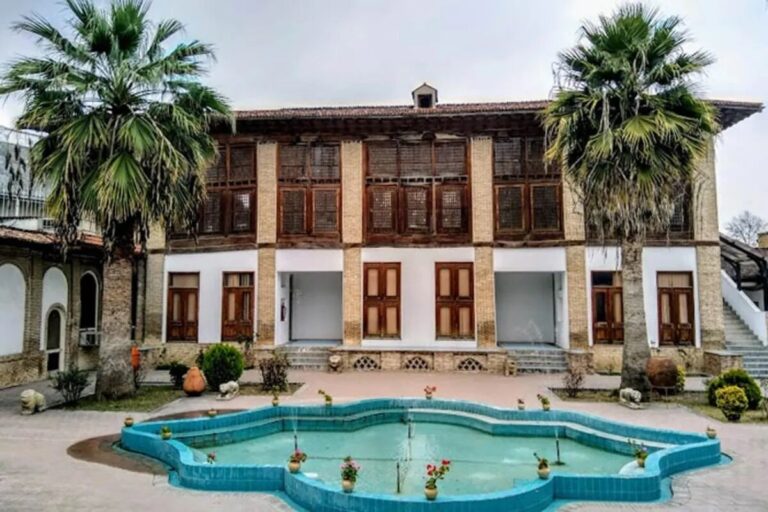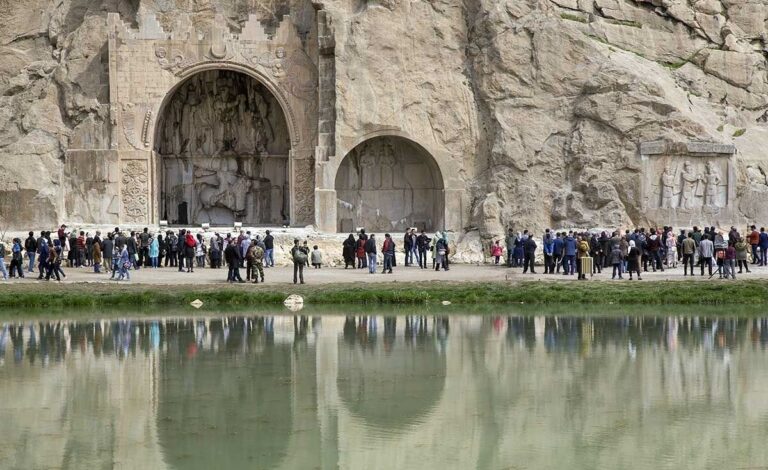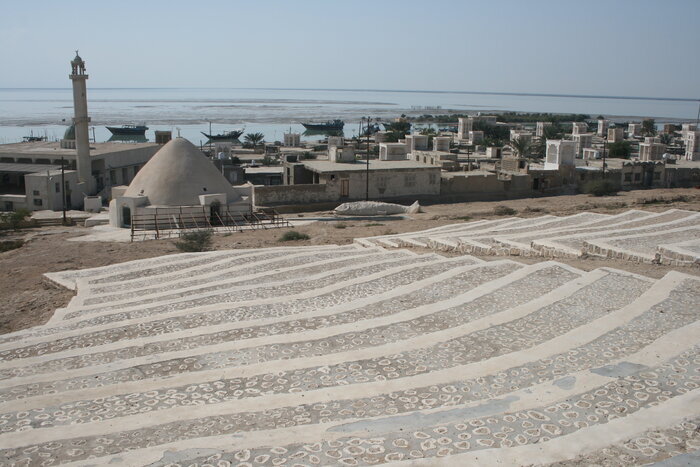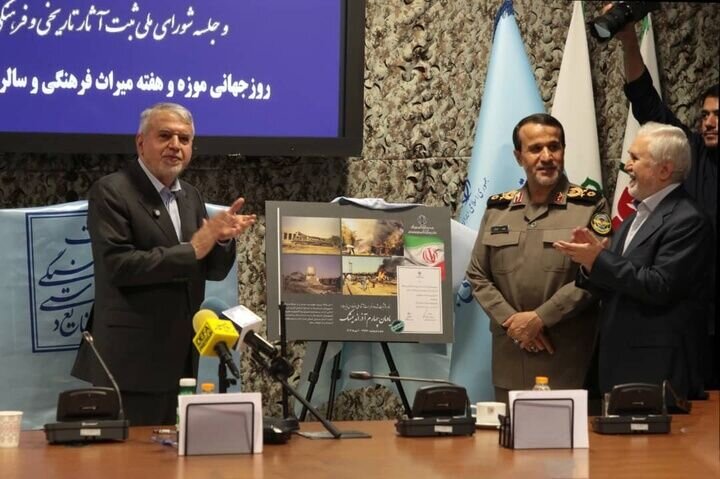
Similar Posts

Reviving History: Restoration Initiatives for Mazandaran’s Priceless Relics
In Mazandaran province, experts are dedicated to restoring historical artifacts in a specialized lab within a Sari museum. Recently, 130 restored items, including bronze daggers, bracelets, and ritual totems, were unveiled during Nowruz holidays. Abolfazl Nikoubayan, a cultural heritage expert, emphasized the importance of preserving artifacts from excavations and confiscations. Each item underwent thorough documentation, damage assessment, and restoration, which involved cleaning and analyzing corrosion. The unveiling offered visitors insight into the meticulous preservation efforts. Mazandaran, known for its natural beauty, continues to attract attention while showcasing its rich cultural heritage through these initiatives.

Azerbaijani Presidential Advisor Explores Tehran’s Historic Palace Complex
In a cultural exchange to enhance Iran-Azerbaijan relations, Hikmat Hajiyev, a senior advisor to Azerbaijani President Ilham Aliyev, visited the Niavaran Cultural-Historical Complex in Tehran. Accompanied by deputies and Azerbaijani Ambassador Ali Alizada, Hajiyev explored the complex, emphasizing the importance of cultural diplomacy in fostering mutual understanding. The visit showcased the rich cultural heritage shared by both nations and underscored the significance of preserving historical artifacts. This event highlights the role of cultural initiatives in strengthening bilateral ties and promoting appreciation of each other’s history and traditions.
Urgent Alert: Land Subsidence Poses Risk to Iconic Achaemenid Heritage Sites in Southern Iran
Experts are warning about land subsidence threatening Iran’s archaeological sites, Naqsh-e Rostam and Persepolis, due to unsustainable agricultural practices in Fars province. Professor Mehdi Zare highlighted that excessive groundwater extraction for rice and maize farming has caused alarming subsidence rates of 20 to 30 centimeters annually, with gaps now dangerously close to these historic sites. Hamid Fadaei emphasized the need to shift away from rice farming, which is not historically suited to the region, urging sustainable practices that honor traditional agriculture. The preservation of these sites is critical for both cultural heritage and environmental health, necessitating immediate regulatory action.

2.5 Million Visitors Flock to Kermanshah’s Stunning Tourist Attractions This Nowruz!
During the Nowruz 1404 holidays, Kermanshah province in western Iran attracted over 2.5 million visitors, marking a 16.1% increase in tourism compared to the previous year. The tourism chief reported that around 242,000 visitors explored historical sites, while more than 308,000 tourists utilized various accommodations, leading to an 85.6% occupancy rate. The region’s rich cultural and natural attractions, including the UNESCO-listed Bisotun and stunning landscapes like the Quri Qal’eh water cave, continue to draw travelers. With positive trends, local officials are optimistic about Kermanshah’s tourism growth, making it a key destination in Iran’s tourism landscape.

Transforming Qeshm’s Water Storages into Captivating Living Museums
The Qeshm Free Zone Organization in Iran is launching a project to preserve and enhance traditional water storages, known as Berkeh, on Qeshm Island. These structures symbolize local cultural heritage and historical significance. The initiative aims to transform them into “living museums” through engineering improvements, educational panels, visitor pathways, and training local guides. Over 50 water structures will be included, fostering community involvement in restoration efforts. The project emphasizes sustainable tourism and environmental education, aiming to attract visitors while ensuring the preservation of the island’s cultural identity and promoting community bonds for future generations.

Unveiling the Registration Documents for ‘Sacred Defense’ Elements: A Historic Reveal
On the 43rd anniversary of Khorramshahr’s liberation, Iranian authorities registered 12 sites in Khuzestan linked to the eight-year Iran-Iraq War, known as the Sacred Defense. The ceremony, held at Tehran’s Sacred Defense garden-museum, highlighted the importance of preserving wartime heritage as part of Iran’s cultural identity. A total of 119 war-related sites have been registered, with plans for eight new Sacred Defense museums by 2028 to document the war, combat historical distortion, and strengthen national identity. This initiative aims to honor the sacrifices made during the war and educate future generations on its complexities and impacts on society.